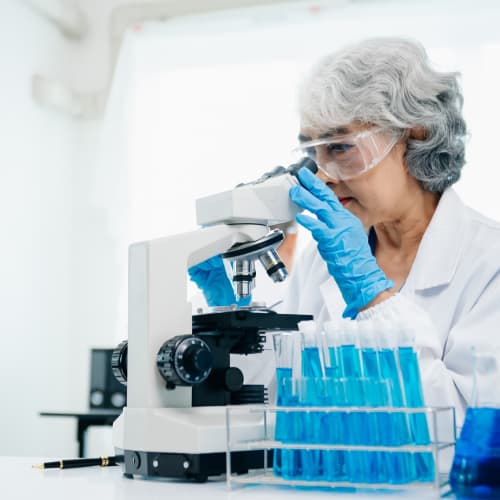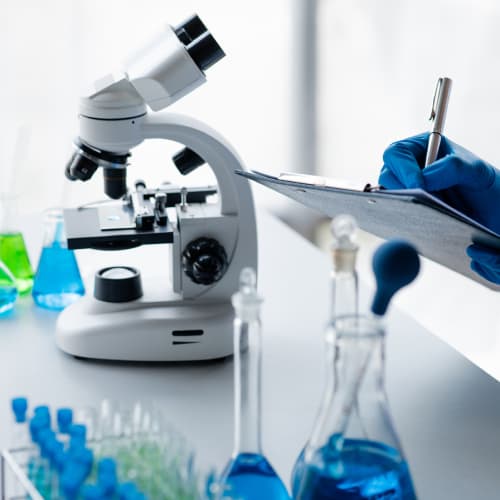Method transfer in the pharmaceutical industry is a crucial element of the quality control aspect of the drug development process. It serves as a kind of fail-safe to ensure that the methods being performed in one laboratory produce reliable results when duplicating the procedure in another.
BA Sciences has the equipment, expertise, and capabilities necessary to provide analytical method transfer for pharma and biotech companies under virtually any conditions. With our guidance and rigid adherence to the most stringent standards found anywhere in the industry, we are dedicated to providing the highest levels of service.
Ensuring proper analytical method transfer in pharma is crucial for several reasons. First and foremost, this process provides assurance that your lab’s work is being conducted in the most successful and accurate manner possible. Method transfer also ensures that your processes match with industry standards, especially GMP. Finally, method transfer and validation are critical to make sure your company produces pharmaceuticals that are safe for the public and effective in their stated purpose.

